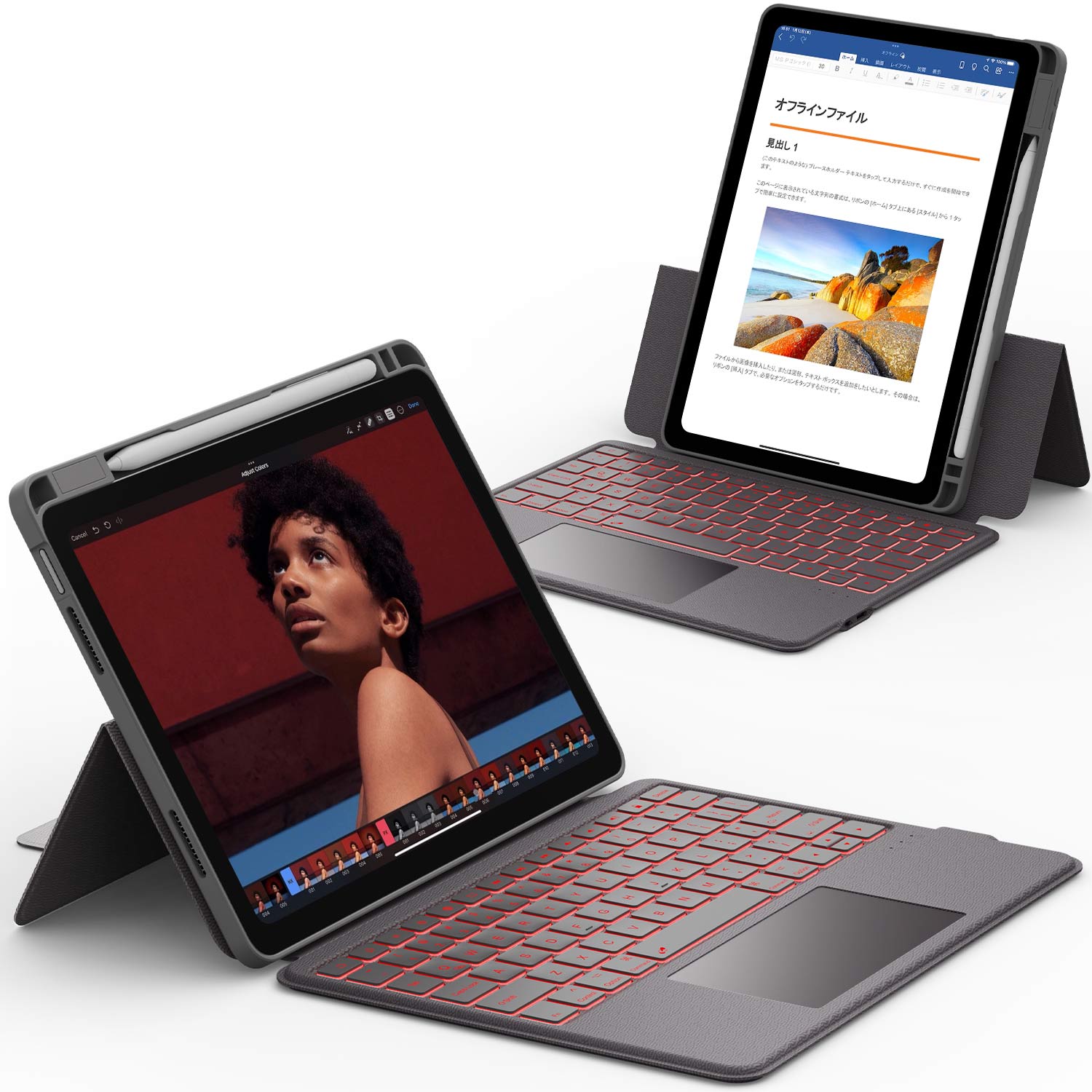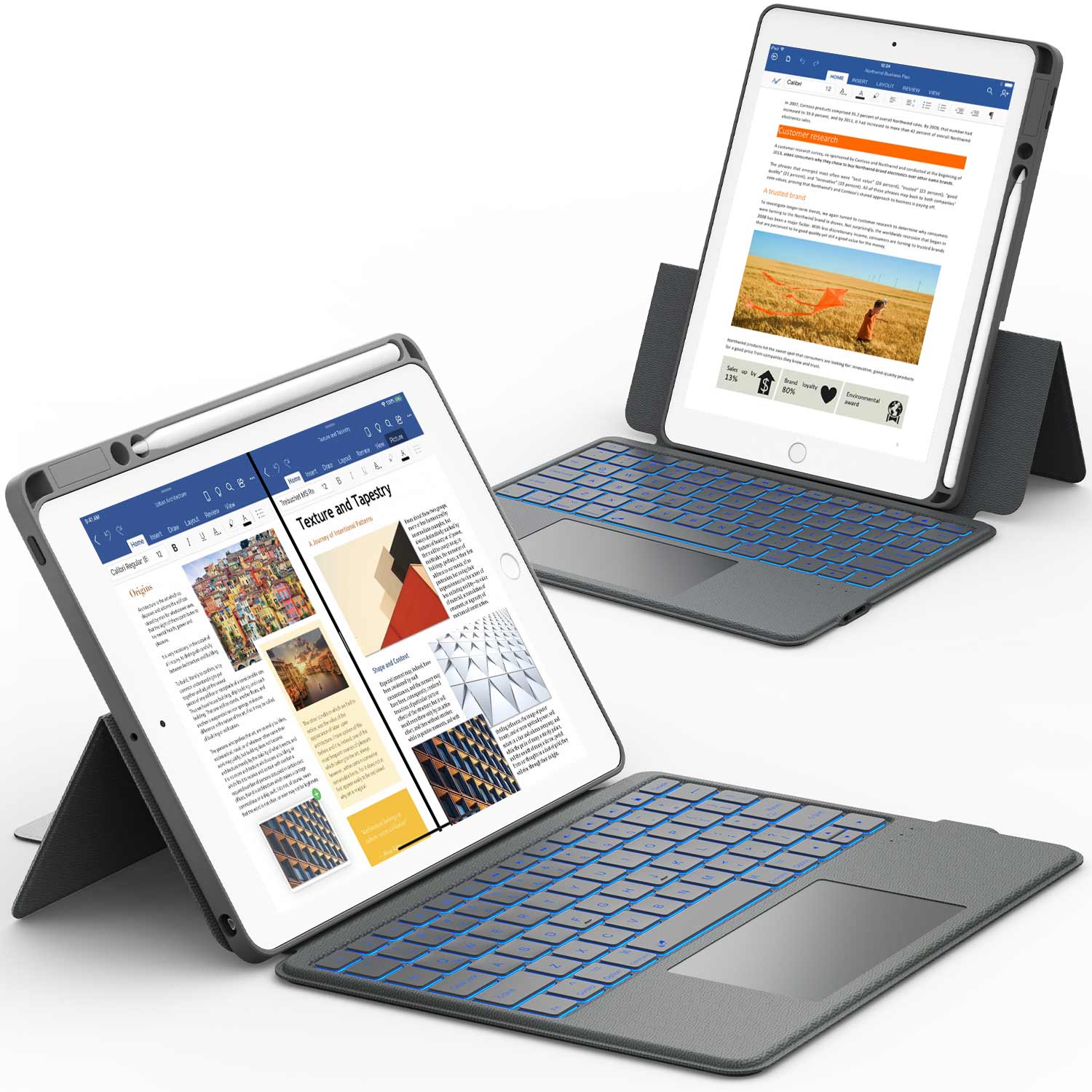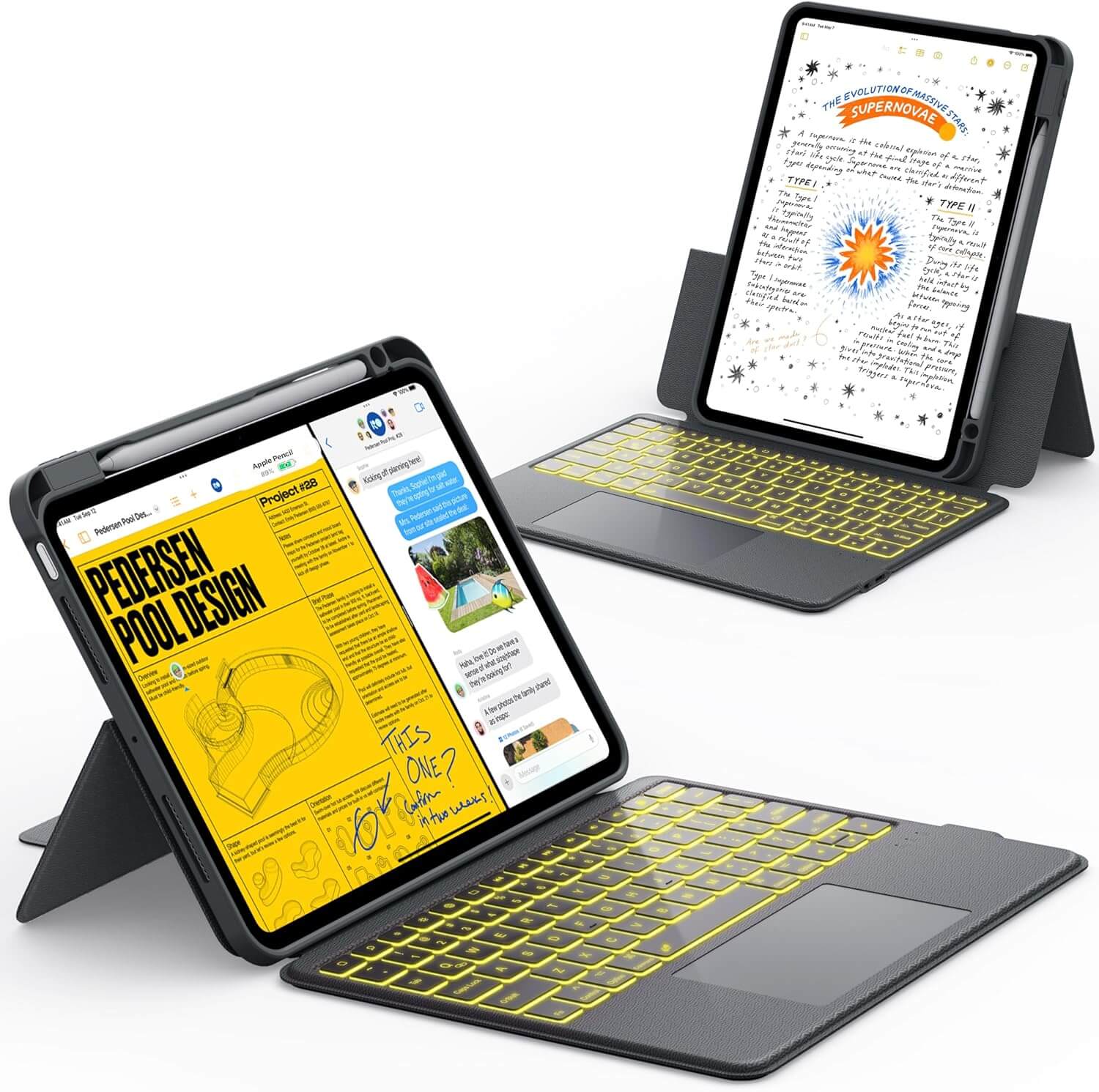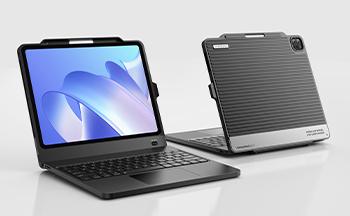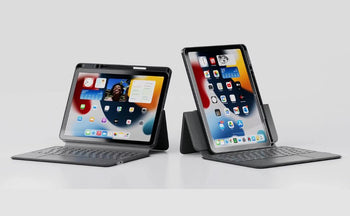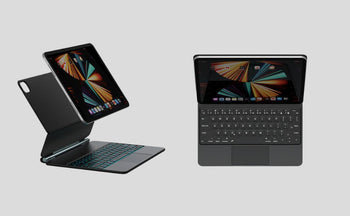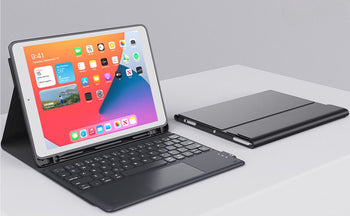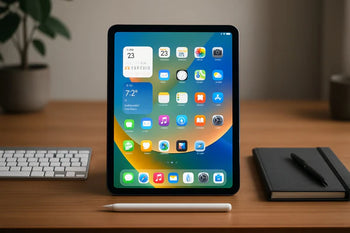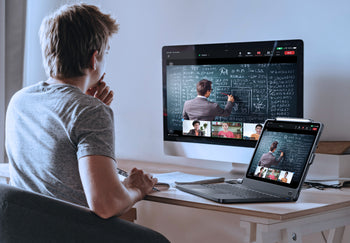Closing apps on an iPad is pretty easy once you get the hang of it. You can end an app by opening the App Switcher and swiping it off the screen.
This works whether your iPad has a Home button or just uses gestures.
Knowing how to handle apps helps your iPad run better. You’ll see how to use the standard method for both types of iPads, how to deal with frozen apps, and when it actually makes sense to close them.
Understanding How Apps Run on iPad
On iPad, apps don’t always close when you leave them. Apple designed iPadOS to pause most apps in the background, so they’re ready to go when you return without burning through your battery.
Knowing this helps you decide when you should let apps be and when it’s time to end them.
Background App Management
Your iPad uses iPadOS to handle apps behind the scenes. When you switch away from an app, the system usually just freezes it in place.
The app stays in memory but doesn’t use the processor or battery. Some apps, like music or navigation, keep running in the background so you can listen to tunes or get directions while doing other things.
Most other apps just stay paused until you open them again. This setup means you don’t have to close apps all the time—the system already keeps things under control.
If you look at the App Switcher, you’ll see cards for your recent apps. Don’t worry, most of those are just sitting there, not actually running.
Impact on Performance and Battery
Manually closing apps doesn’t usually make your iPad faster. In fact, reopening an app from scratch can use more power than just picking up where you left off.
Apple suggests leaving most apps in the background. Battery life doesn’t really take a hit from apps that are suspended. They just sit in memory and stop using power once they’re frozen.
But apps that stream, use GPS, or refresh in the background might still use some resources. If your iPad feels slow, it’s usually because of low storage, too many tabs, or old software—not background apps.
Restarting your device or updating iPadOS usually helps more than closing every app.
When to End Apps
Only end apps when they freeze or act weird. For example, if a game locks up or your mail app won’t load, closing it through the App Switcher can fix it.
Swipe up from the bottom and pause, or double-press the Home button on older iPads. Then swipe the app card up to remove it.
You might also want to close apps that keep running tasks you don’t need, like streaming or GPS apps. Ending them can save some battery.
Most of the time, just let iPadOS handle things. Ending apps should be something you do only once in a while.
💡 Want a more comfortable setup while managing apps? An iPad case with stand keeps your screen steady at the best angle for long sessions.
Standard Method to End Apps on iPad with Home Button
If your iPad has a Home button, you can end apps by opening the multitasking screen and swiping away the ones you don’t want running. It’s a simple gesture that helps you manage what’s active.
Opening the App Switcher
Press the Home button twice quickly to open the App Switcher. You’ll see all your open apps as thumbnails lined up next to each other.
Swipe left or right to look through them. This view makes it easy to spot the app you want to close.
If you press the Home button just once, you’ll go to the Home Screen. Double-pressing is the trick for the App Switcher.
Swiping Apps to Close
With the App Switcher open, find the app you want to end. Put your finger on its thumbnail and swipe it up, off the top of the screen.
This action removes the app from multitasking and stops it from running in the background. The app won’t use resources until you open it again.
Repeat this for as many apps as you need. Each swipe ends one app, and you can keep going until you’re done.
Tips for Multiple App Closure
If you want to close several apps fast, use more than one finger. Put two or three fingers on different app thumbnails and swipe them up together.
This lets you close a few apps at once. It’s handy if you’ve got a bunch open and want to tidy up quickly.
You can’t close all apps at once with a single command, though. You still have to swipe each app, either one by one or in small groups.
⌨️ If you’re juggling lots of apps, an iPad keyboard case with touchpad makes navigation smoother and helps you swipe through tasks more efficiently.
How to End Apps on iPad Without a Home Button
On iPads without a Home button, you use touch gestures to manage apps. You can bring up the App Switcher with a swipe, then remove apps by swiping them away.
Using Gestures to Access App Switcher
To see your open apps, place your finger at the bottom edge of the screen and swipe upward. Pause in the middle until the App Switcher pops up.
The App Switcher shows your apps as cards in a horizontal row. You can scroll through to see what’s open.
If you just want to go to the Home Screen without closing anything, swipe up quickly without pausing. The pause is what brings up the App Switcher.
This works the same on most newer iPad models—iPad Pro, iPad Air, and iPad mini with Face ID.
Closing Apps with Swipe Gestures
Once the App Switcher is up, you can close apps right there. Find the app you want, swipe left or right to get to it, then swipe its card up and off the screen.
The card disappears, and the app is closed. You can do this for multiple apps before leaving the App Switcher.
Closing an app this way just takes it out of active memory. It doesn’t delete the app—you can open it again from the Home Screen, Dock, or App Library.
Apple says you should only do this if an app is frozen or acting up. Most of the time, leaving apps in the background won’t hurt your battery or slow things down.
Force Quitting Frozen or Unresponsive Apps
If an app stops responding, you can close it with a few different tricks, depending on your iPad model. The App Switcher usually works, but sometimes you’ll need button combos or even a restart.
Force Quit Using App Switcher
The App Switcher is the go-to way to close a frozen app. On iPads without a Home button, swipe up from the bottom and pause. On iPads with a Home button, double-press it.
Look for the stuck app and swipe its preview up until it disappears. This doesn’t delete your app or data—it just stops the app from running.
You can reopen it from the Home Screen, Dock, or App Library when you’re ready.
Force Quit with Power and Home Button
If the App Switcher won’t respond, you can use button combos to force quit. This is helpful if the app is really frozen and you can’t tap anything.
On iPads with a Home button, hold down the Power (Top) button and the Home button together. Keep holding until you see the Apple logo, then let go.
On iPads without a Home button, press and quickly release Volume Up, then Volume Down. After that, hold the Top button until the Apple logo appears.
This restarts your device and shuts down the frozen app.
Restarting iPad as a Last Resort
If nothing else works, restarting your iPad usually does the trick. Restarting clears out temporary stuff and can fix stubborn apps.
To restart, hold the Top button until the power slider shows up. Drag the slider to turn off your iPad.
Once the screen is dark, hold the Top button again until the Apple logo appears. On iPads with a Home button, you can follow the same steps.
Restarting won’t erase your apps or files. It just gives your iPad a fresh start.
Best Practices for App Management on iPad
Managing apps isn’t just about closing them. It’s about knowing when to leave them running, how to keep your iPad smooth, and making sure your iPadOS is up to date.
When Not to End Apps
You don’t need to close apps all the time. Apple built iPadOS to handle background apps well, pausing them when you leave so they use almost no power or memory.
Only force close an app if it freezes or stops working. Doing it too often can actually slow things down, since reopening apps from scratch uses more resources.
Here are some times when you should just leave apps open:
- Music or podcast apps playing in the background
- Messaging apps waiting for notifications
- Productivity apps you switch between a lot
Only swipe away apps in the App Switcher if they’re acting up. Otherwise, let iPadOS do its thing.
Optimizing iPad Performance
If your iPad feels sluggish, closing apps isn’t really the fix. Try freeing up storage, cutting back on background stuff, or tweaking your settings.
Check your storage in Settings > General > iPad Storage. Deleting apps you don’t use, big files, or old downloads can help.
Some other things to try:
- Restart your iPad to clear out temporary memory
- Turn off Background App Refresh for apps you don’t need updating all the time
- Lower visual effects in Accessibility > Motion
iPads don’t work like computers—you don’t need to quit apps all the time. You’ll see better performance by managing storage and settings, not by swiping away every app.
Updating iPadOS for Better App Handling
Keeping your iPadOS up to date gives you Apple’s latest improvements for app management and performance. Updates often fix bugs, cut down on crashes, and improve how your iPad handles background tasks.
To update, go to Settings > General > Software Update. If there’s an update, connect to Wi-Fi and install it.
Apple also adds new features that help multitasking and memory use. Newer versions of iPadOS let more apps stay active without draining your battery. Staying updated keeps your iPad running smoother and safer.
⚡ Prefer flexibility? A magnetic keyboard for iPad snaps on when you need it and detaches instantly when you just want tablet mode.
Accessorize Your iPad for Better App Management
CHESONA Step Series Keyboard Case for iPad 10th 10.9''
Ending apps is just one part of keeping your iPad running smoothly. The right accessories can make everyday use easier, especially if you’re multitasking, typing, or switching between apps often.
A Chesona keyboard case is a great option—it combines a protective case, detachable keyboard, and trackpad support. With it, you can type faster, navigate apps more precisely, and keep your iPad safe while on the go.
👉 Boost your productivity and protect your iPad with a Chesona keyboard case today.
Frequently Asked Questions
You can close apps on your iPad by using the App Switcher, which shows previews of all your recently used apps. You can’t close every app at once with a single action, but you can swipe away several quickly, and you’ve got a few options if an app freezes.
What is the process for force-quitting an application on an iPad?
Swipe up from the bottom of the screen and pause in the middle until the App Switcher appears. Find the app preview, then swipe it up off the screen to close it.
Can you close multiple apps at once on an iPad, and if so, how?
You can close more than one app at a time, but you’ll need more than one finger. Place two or three fingers on different app previews in the App Switcher, then swipe them up together.
Where can I find the list of recently used apps on my iPad?
Swipe up from the bottom of the screen and pause in the middle to open the App Switcher. If your iPad has a Home button, just double-press it and the list will pop up.
Is there a way to quickly shut down all running apps on an iPad?
Apple doesn’t offer a way to close all apps at once. You’ll have to swipe each one away, though using a few fingers at once can make it a little faster.
How do I stop apps from running in the background on my iPad?
Most apps pause when you leave them, so they don’t really drain much power. If you want to stop them fully, just close them in the App Switcher.
What should I do if an app is unresponsive and won't close on my iPad?
First, try force-quitting the app using the App Switcher.
If that doesn't work, just restart your iPad by turning it off and then on again. That usually does the trick.
